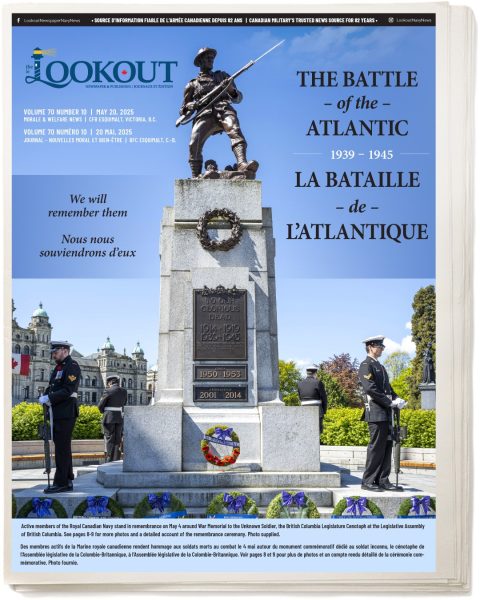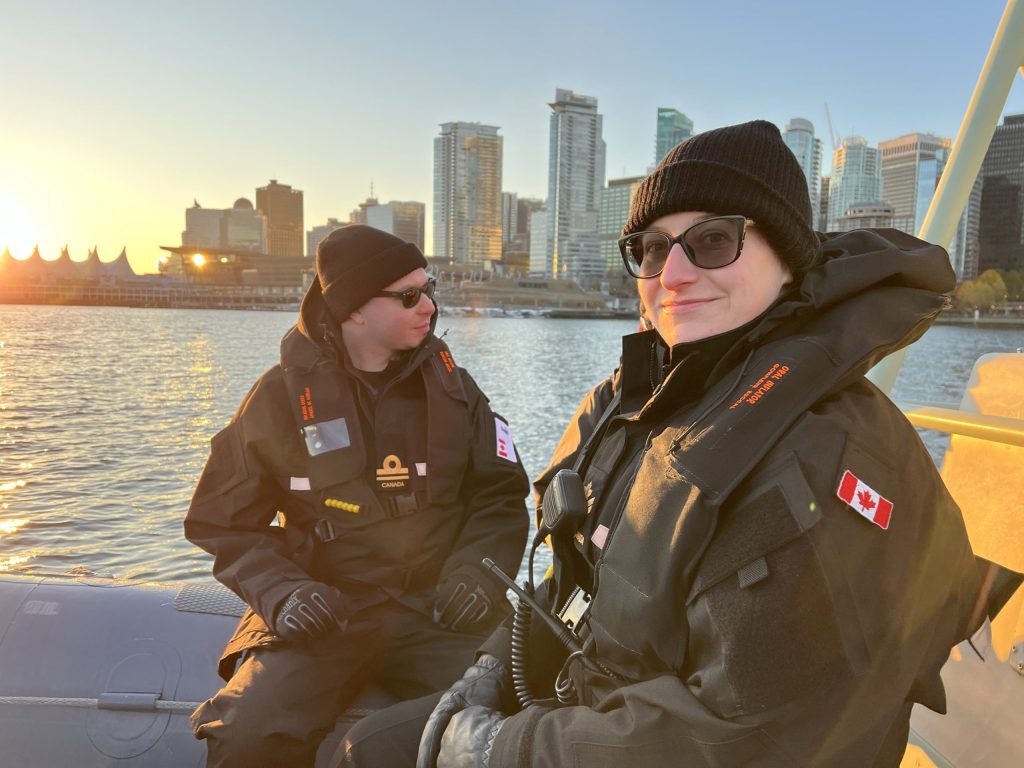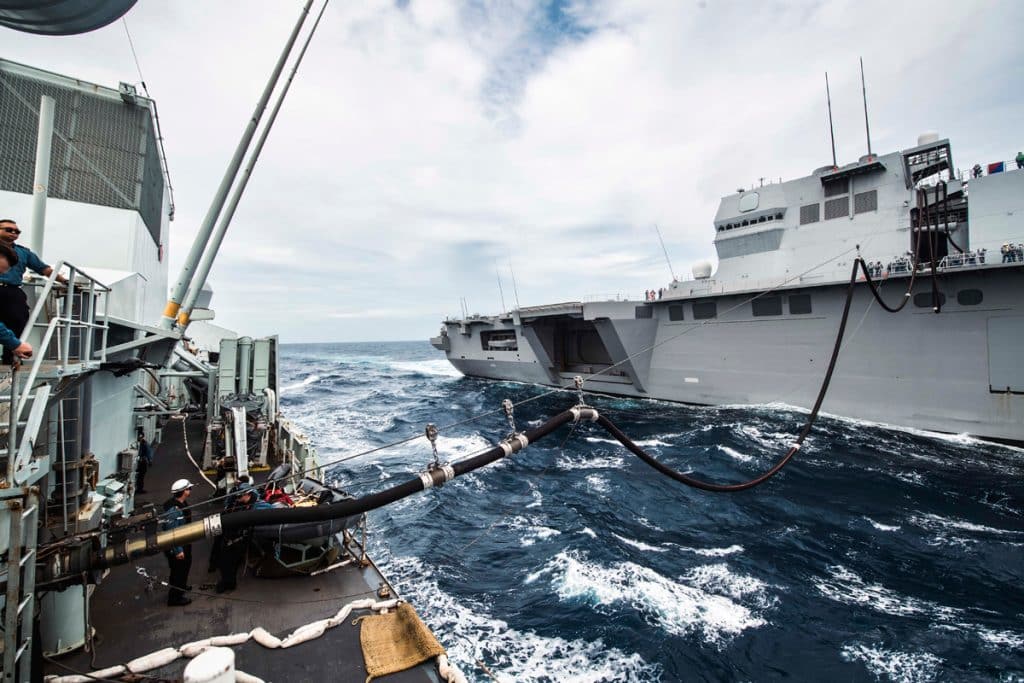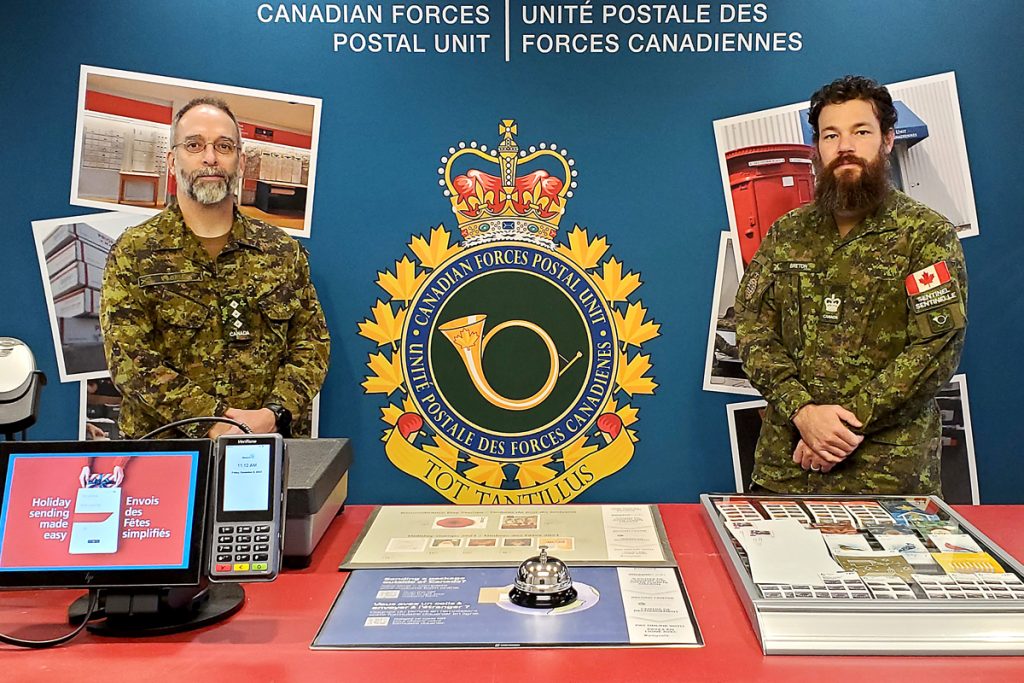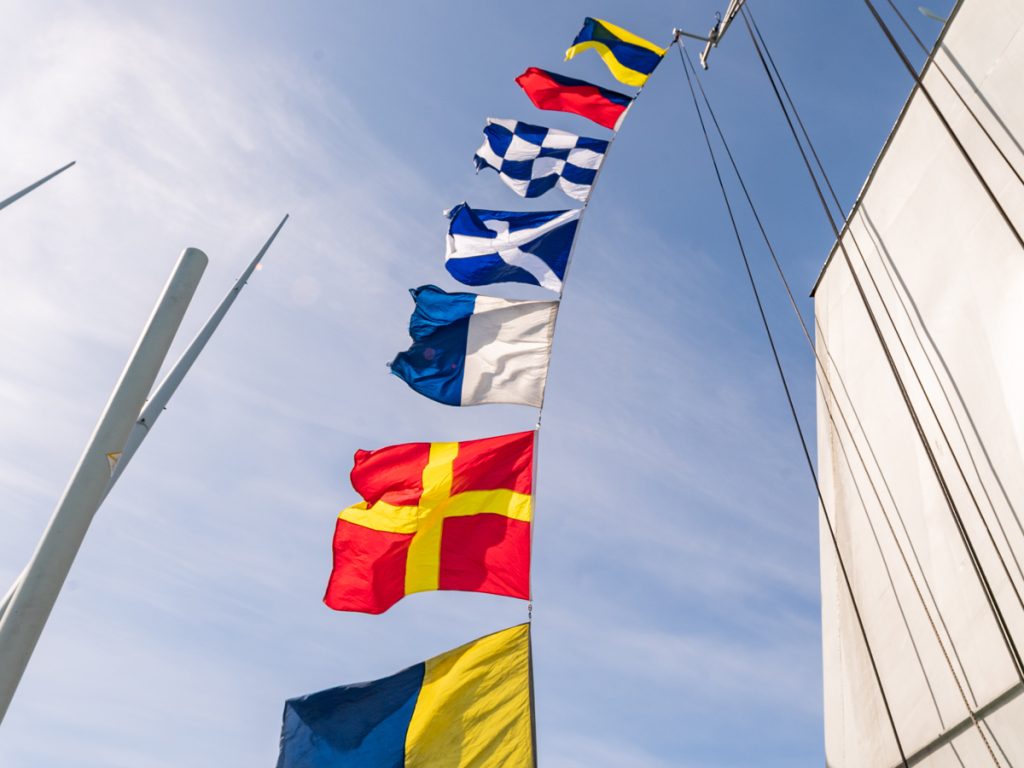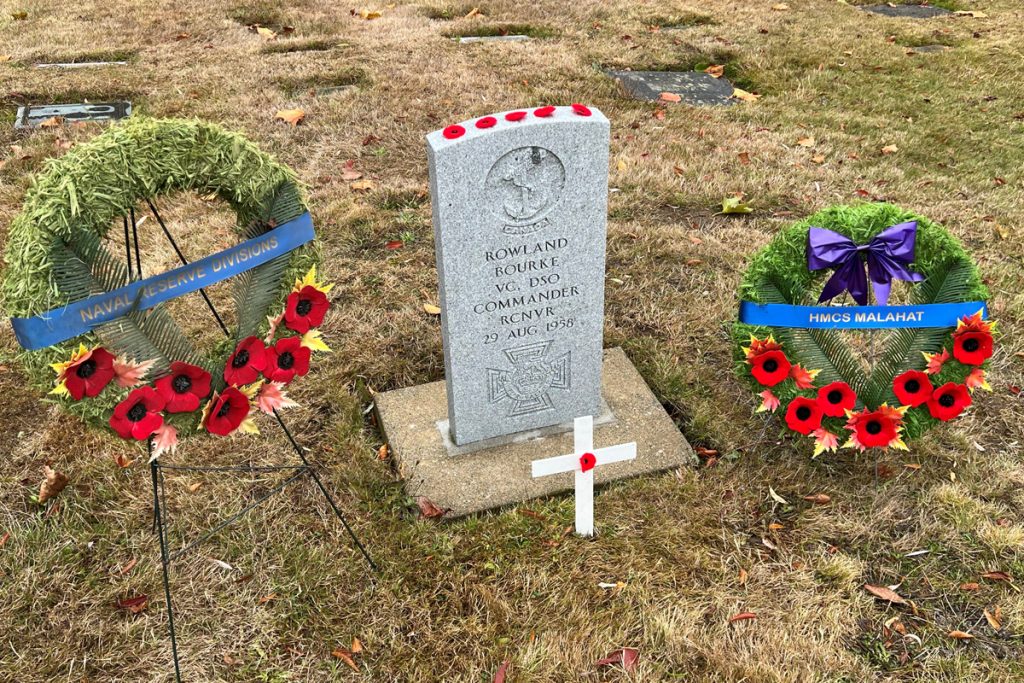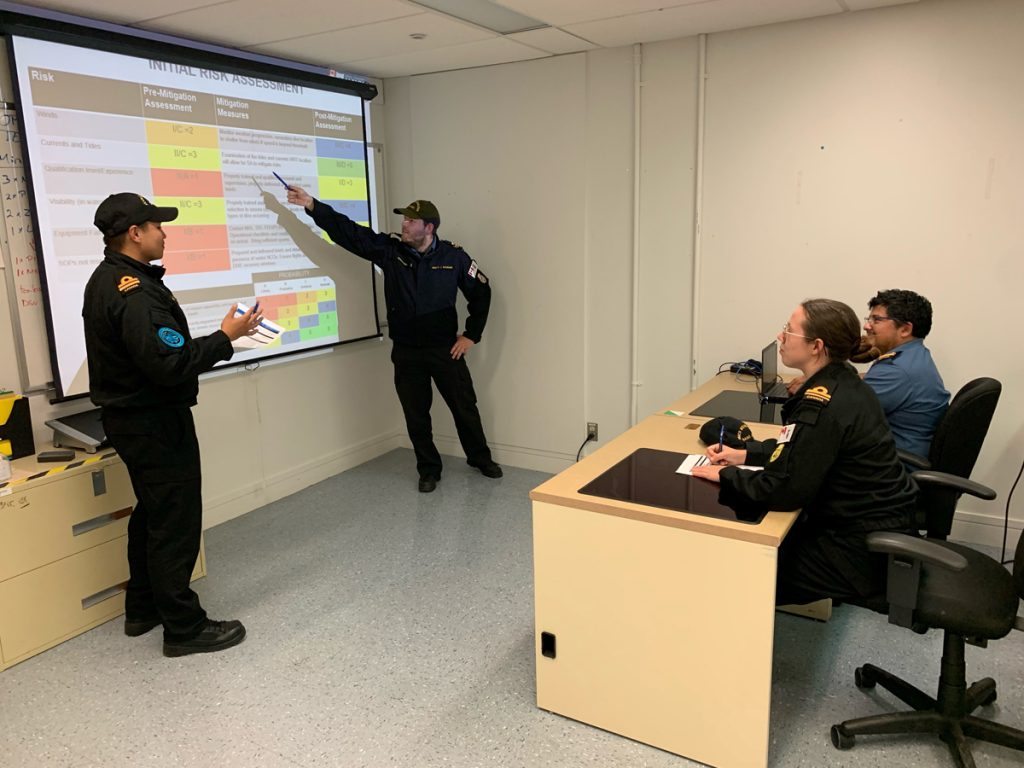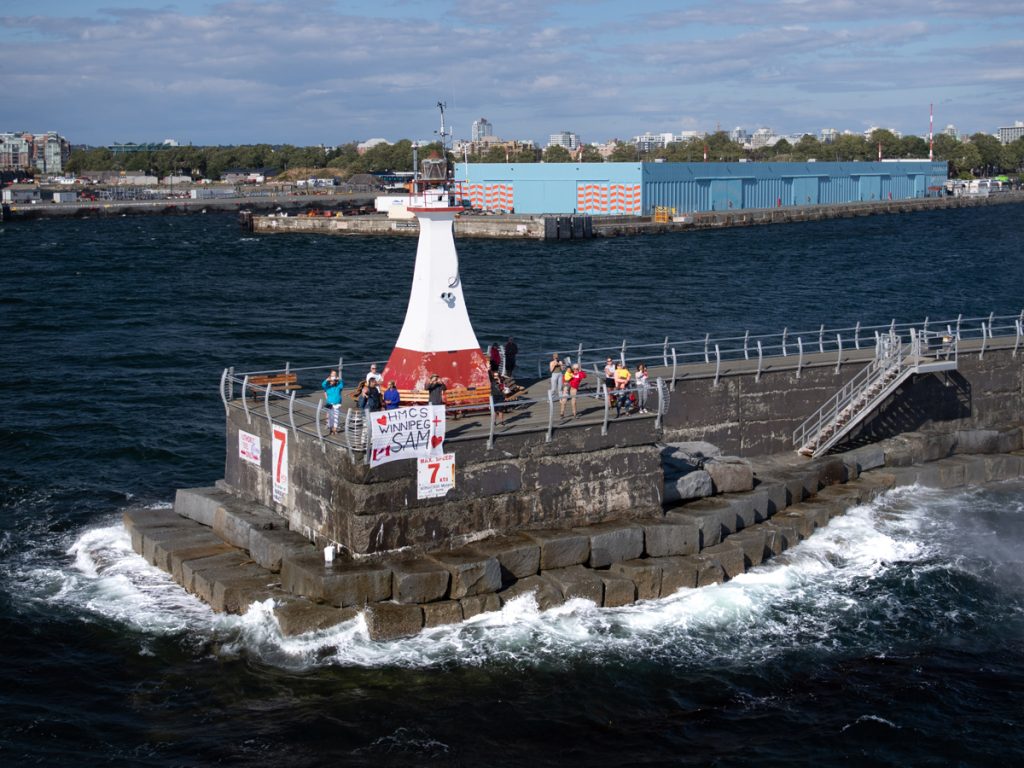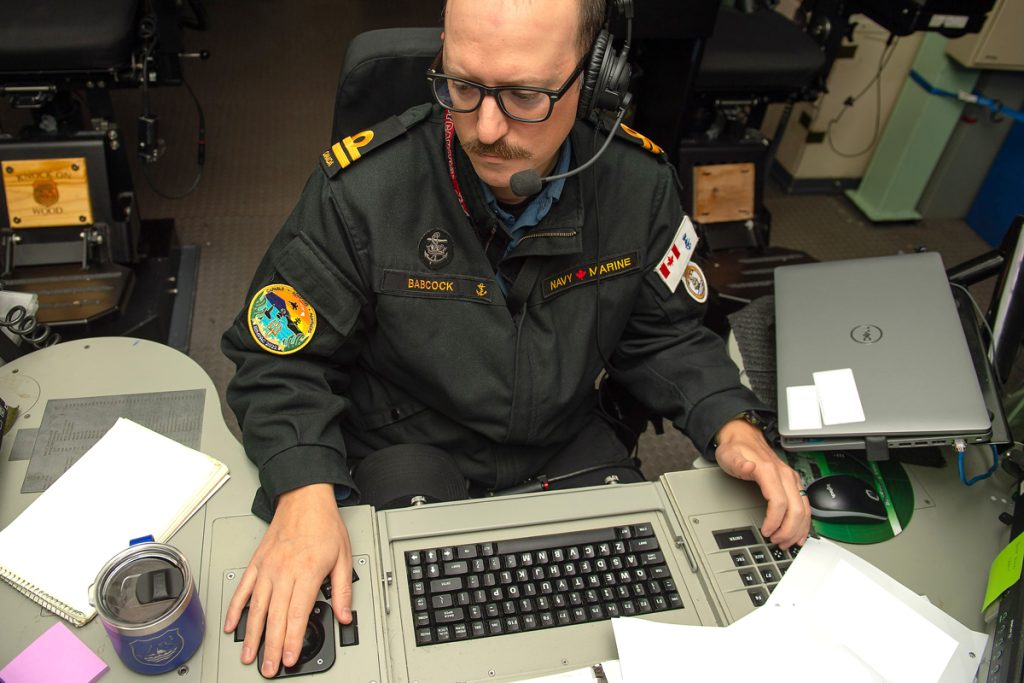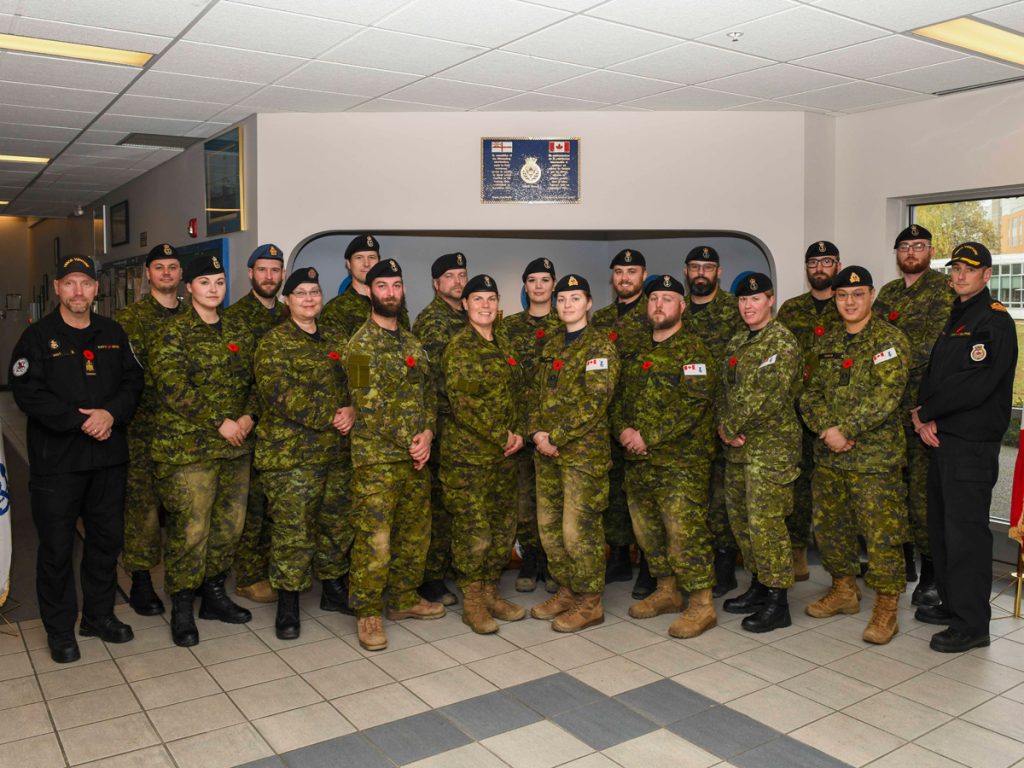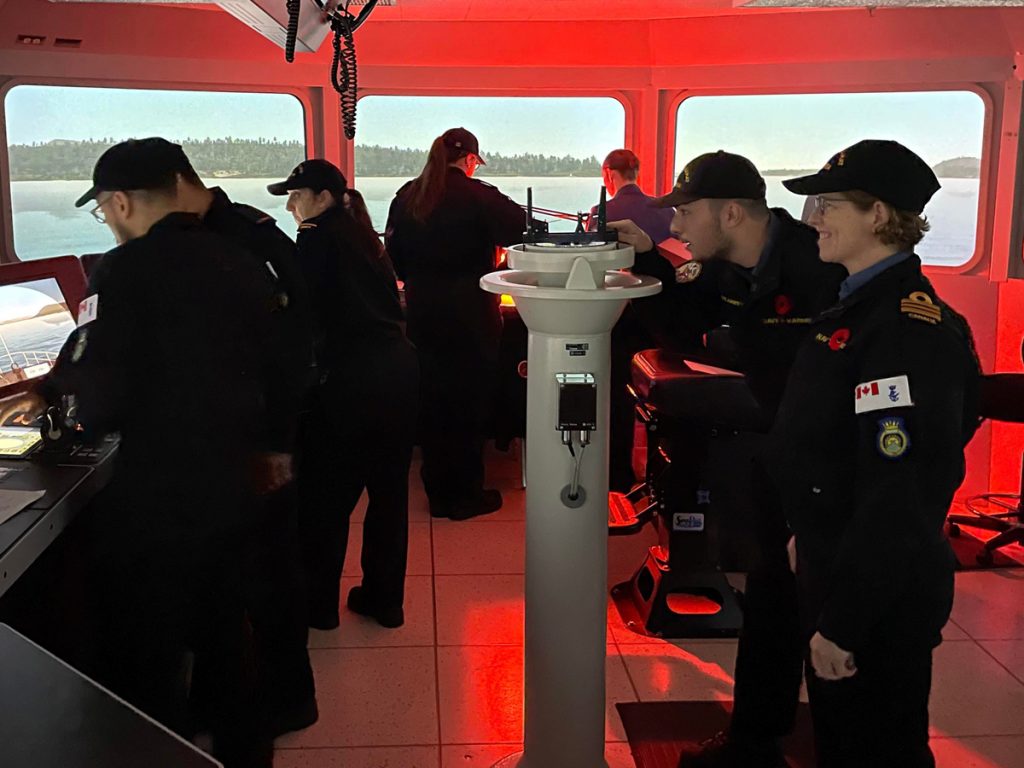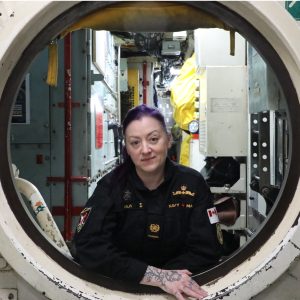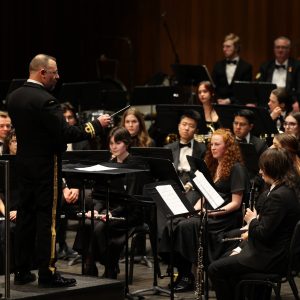Comforting bear hugs available at MFRC
Peter Mallett, Staff Writer — Hundreds of teddy bears are now available at the Esquimalt Military Family Resource Centre (MFRC) for the comfort of children, thanks to the generosity and kindness of one Victoria resident. Brett Delaney, who operates three seasonal pop-up stores in malls around the Greater Victoria Area, distributed approximately 2,000 teddy bears as part of Calendar Club’s support-a-local-charity initiative. “I can’t think of a better way to support military families,” Delaney said. “I know how difficult their lives can be, including the unpleasant reality of mommies and daddies being away or being constantly on the move.” MFRC is one of many teddy bear destinations: the 53-year-old also donates teddy bears to Victoria General Hospital and the Saanich Police Department. Delaney said that when Calendar Club began their campaign last year, he immediately thought children from military families would be the perfect recipients. He said his relationship with the MFRC is a long-term partnership. “The teddy bears have been so popular with the children and are much-loved,” said Jackie Carlé, Esquimalt MFRC Executive Director. “It is such a lovely gesture and so well-received by our families.” The MFRC distributes the teddy bears at its Children’s Deployment Workshops, ship departures, or to any child in a military family who needs extra comfort. Delaney’s father was an RCMP officer, and his brother, Lieutenant (Navy) Jason Delaney, is a Royal Canadian Navy member based in Ottawa. He spent some of his childhood years in Nova Scotia, living close to CFB Shearwater, and many of his friends were from military families. The father of one said he gets emotional when he sees photos of his teddy bears comforting others. “When I see photos of children from military families holding one of my bears and saying goodbye to mommy or daddy, or participating in a deployment workshop, I get all choked up,” he said. “Teddy bears are a great way to spread some joy.”
